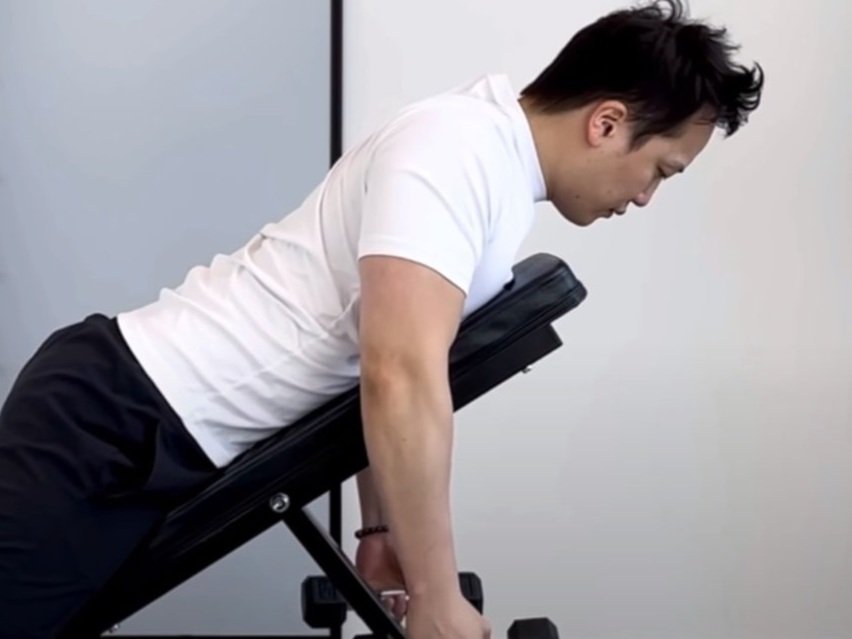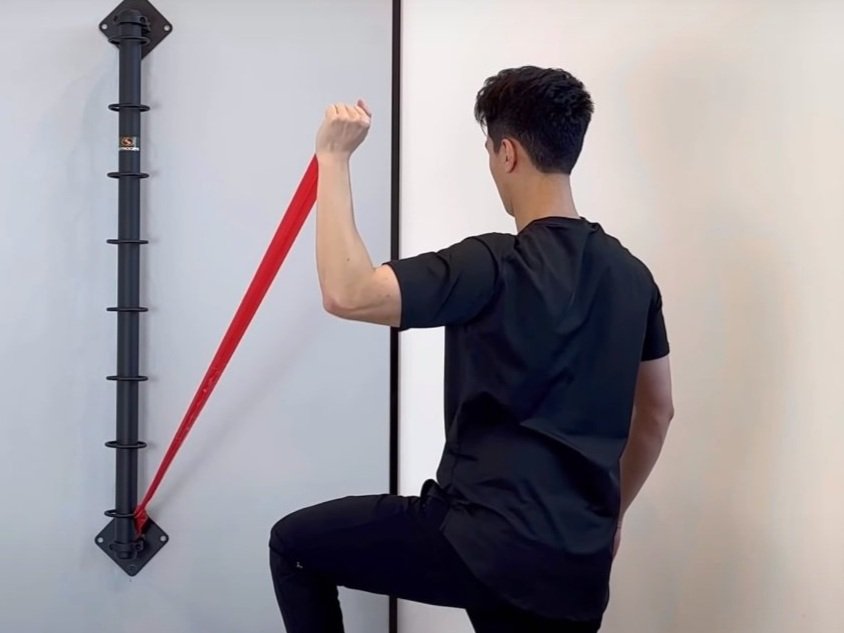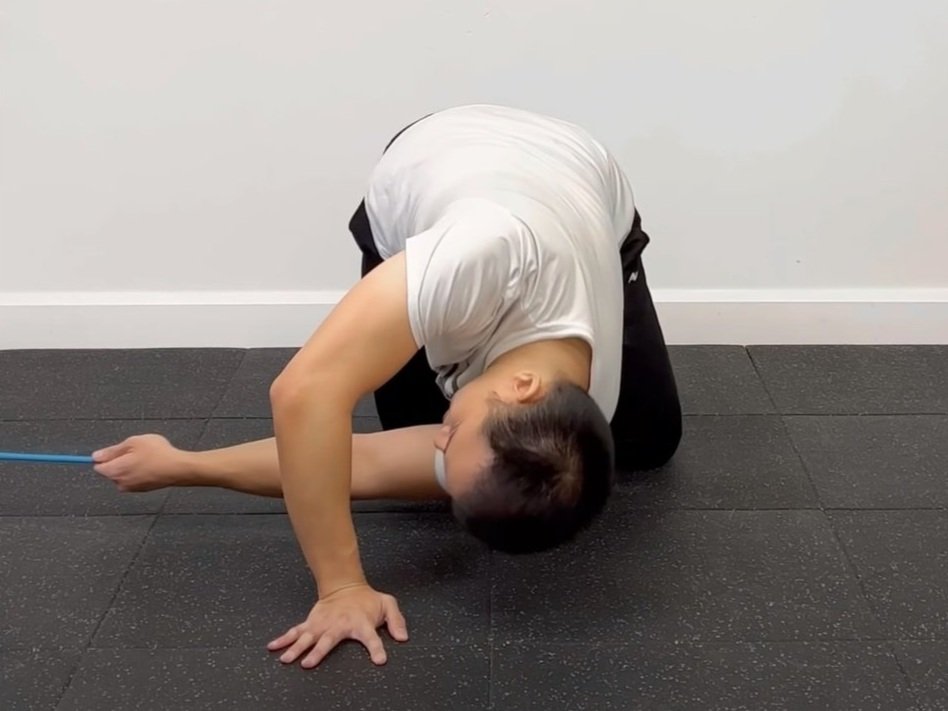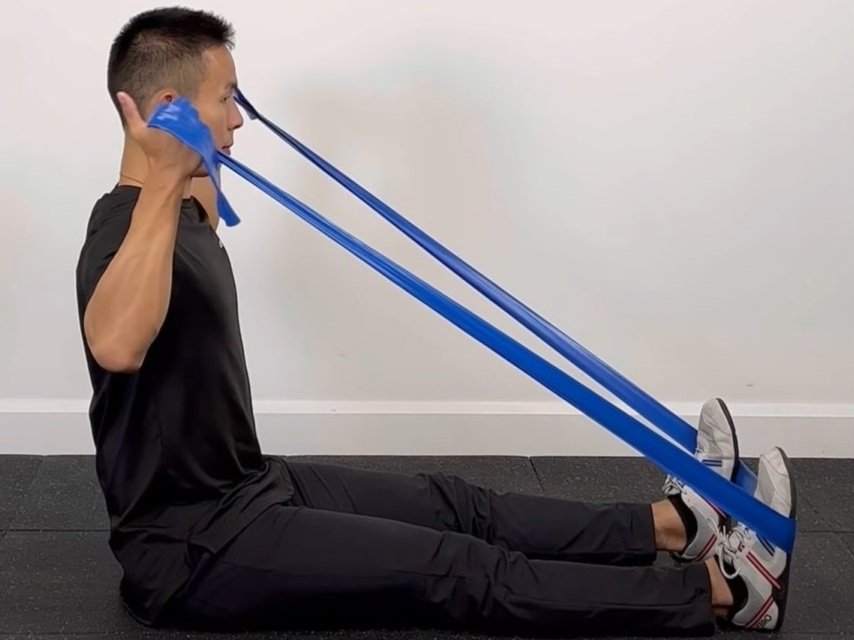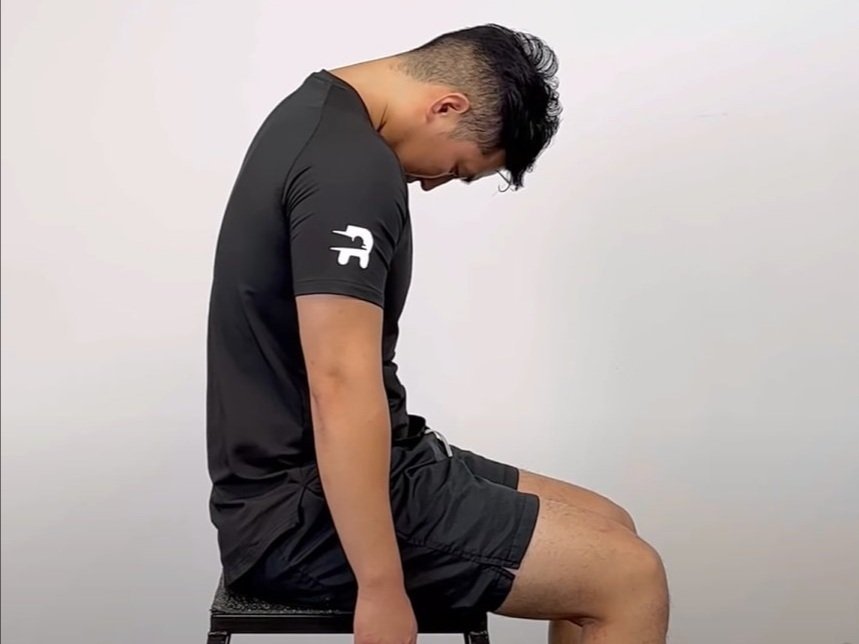Thoracic Spine Biomechanics
Thoracic Spine
Biomechanics and Regional Interdependence
How Your Thoracic Spine Is Related To Your Neck & Shoulders
The Thoracic Spine
The thoracic spine has an anatomical relationship with the shoulder, neck and low back. The thoracic spine has limited flexion/ extension, and lateral flexion, with most of its range of motion found in rotation. The term ‘regional interdependence’ has been coined to describe the biomechanical and functional relationship and dependence that one region of the body has on another unseeingly related region. For example, thoracic spine restrictions in extension will limit the ability of full shoulder elevation, which may lead to secondary pain. Likewise, restriction in flexion through the thoracic spine can limit motion in flexion at the cervical spine. The notion of regional interdependence is further supported by research revealing that movement at T1, T6, and T12 were recorded during all cervical movements.
An Area of Stability
The stability of the thoracic spine is increased due to its articulations with the rib cage and its ligamentous and fascial interactions, which increases it’s loading capabilities by up to three times. As the joints begin to become weight bearing caudally, torsional stiffness is increased in the thoracolumbar junction where the zygapophyseal joints gain a ‘mortise’ like shape. Additionally, the ratio of disc height to vertebral body height is the lowest in the thoracic spine compared to both the lumbar and cervical regions, markedly decreasing the mobility of the thoracic spine. This observed in a study examining EMG activity in the lumbar and thoracic extensors while subjects were carrying a load, it was observed that thoracic extensors activation was greater than lumbar without any changes in thoracic spine curvature, whilst the lumbar spine been altered.
Coupled Motion
Thoracic spine movement has coupled motion at both the intervertebral joints and the rib articulations. These movements can be altered by joint degeneration in either joint, affecting range of motion, and altering coupled joint motions. Increased thoracic kyphosis causes the ribs to be drawn anteriorly at the costovertebral joints, and rotate anteriorly due to the tension applied by the costotransverse and costovertebral ligaments, limiting thoracic extension. It is also noted that thoracic extension is accomplished through translation more than rotation at each segment due to the location of the axis of rotation. This function becomes compromised with increased stiffness in the intervertebral disc, as it limits posterior translation of adjacent vertebral bodies. This will then cause any posterior rotation to result in early bony contact of the posterior elements, limiting extension. This then limits the caudal glide of the rib in the costotransverse joint, and coupled posterior rotation of the rib.
The upper and lower thoracic segments have couple motion of rotation and contralateral lateral flexion. The mid-thoracic spine however experiences nearly pure rotation without coupled motions, these segments also tend to be favourable for degenerative disc disease. The coupled lateral flexion becomes limited with increased disc degeneration, causing the thoracic spine to become more rigid, leading to restricted rib movements or earlier approximation of ribs with lateral flexion (due to decreased disc height distance).
What Does This Mean?
Altogether this means that (other than rotation in the mid-thoracic spine) motion through the thoracic spine occurs in multiple planes. Knowing this can help to alter your exercise programming. Particularly, if rotation is limited in either the upper or thoracic spine, contralateral lateral flexion exercises can be used to improve motion. The vice-versa is true as well. This is particularly useful if you have an intolerance to motion in one plane but not the other. In this way, we can avoid aggravating positions while still improving range of motion.
Combining this knowledge with the aforementioned regional interdependence now becomes even more relevant. In the above example where a patient is experiencing secondary shoulder pain, it becomes important to assess thoracic function not only in extension but also rotation due to coupled motion. To put it clearly, limited thoracic rotation could decrease thoracic extension, then decrease shoulder elevation, leading to shoulder irritation and pain (due to repetitive microtrauma). By assessing motion in all related and seemingly unrelated adjacent regions you can develop a clearer clinical picture of what the patient is doing and experiencing.
As a patient, this also means that although you may have shoulder pain, limiting yourself to shoulder exercises may not lead to long term resolution of your symptoms. By failing to address the root cause of your dysfunction (being at the thoracic spine) you may end up prolonging the amount of pain you are experiencing. In this manner, thoracic spine function can be the cause of neck, shoulder, low back, elbow, hip or even knee pain (depending on compensation patterns developed during activity).
This is why a comprehensive movement assessment is valuable and why all shoulder conditions aren’t treated by the same exercises from person-to-person. By being examined in both a local and global perspective, your clinician will be able to develop a specific treatment approach for you.
Treatments to Improve Thoracic Spine Related Secondary Pain
Through this regional interdependence, spinal manipulation or mobilization of the thoracic spine can provide symptomatic relief for neck and shoulder pain, which is supported by systematic reviews. It is hypothesized that this effect is due to improved biomechanics after a thrust was delivered to T1-4, T4, or T3-6. Spinal mobilization and manipulation can be provided by your chiropractor or physiotherapist. Your registered massage therapist can also provide joint mobilization at the thoracic spine (yes they don’t just treat muscles!).
In addition to the manual therapy provided by your practitioner, at Rehab Hero, your therapist will also provide an exercise program that allows you to work on increasing your thoracic spine range of motion on days between your appointments. Book an appointment to learn how you can start your exercise program.
Thoracic Spine Mobility Exercises
Here are a few examples of exercises that your therapist / clinician may prescribe to you:
Written By:
Dr. David Song, Chiropractor, Rehab Coach
References
1. Heneghan N, Rushton A. Professional issue: Understanding why the thoracic region is the ‘Cinderella’ region of the spine. Manual Therapy [serial on the Internet]. (2016, Feb 1), [cited November 6, 2017]; 21274-276. Available from: ScienceDirect.
2. Edmondston S, Singer K. Thoracic spine: anatomical and biomechanical considerations for manual therapy. Manual Therapy [serial on the Internet]. (1997, Aug), [cited November 6, 2017]; 2(3): 132-143. Available from: CINAHL Plus with Full Text.













